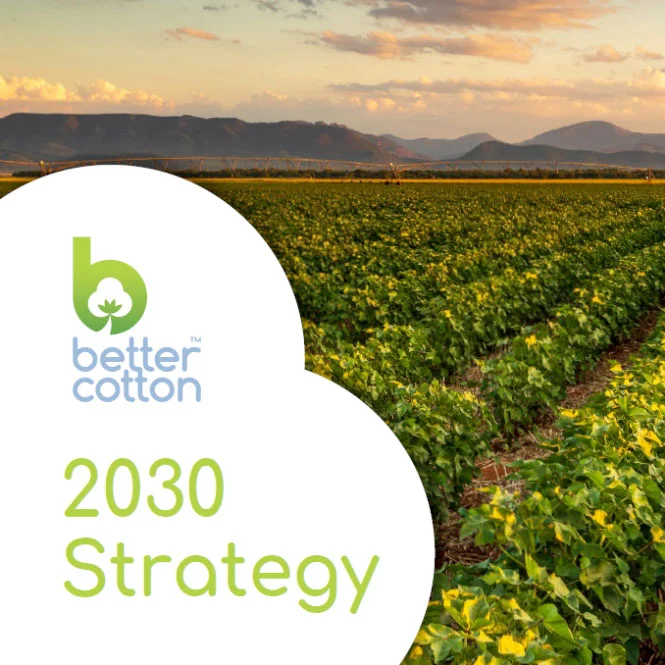
We work to monitor, evaluate and learn about the outcomes and impacts of Better Cotton. One aspect of this work is to understand how many cotton farmers are reached through our programmes.
Historically, we have only referred to the ‘participating farmer’ – i.e. the one farmer per farm registered through the farmer list – as default or proxy for its ‘farmers reached’ figure.*
The person included in the farmer list in most cases is the man who is considered ‘head of household’ or sometimes the head of a group of consolidated farms.
However, we believe that Better Cotton reaches more people who could also be classed as ‘farmers’.
In September 2019, we began to explore the concept of ‘Farmers+’, which takes into account additional individuals who play a role in decision making and have a financial stake in the farming operation. This includes the following categories:
- Co-farmers: A family member who shares farming duties and decision-making responsibilities (if the family member is not involved in decision-making, they are instead counted as a worker).
- Sharecroppers: A person who works on a farm and pays fixed rent in cash, in-kind (with an agreed share of the product), in labour, or with a combination of these. If the person makes decisions on the plot and isn’t already listed as the Better Cotton Farmer, she or he can be counted under Farmers+.
- Business partners: In large farm contexts, multiple legal farming entities exist, with one or several partners and managers. Some are grouped into one farm under the same management, with one person representing the different farming entities for the Better Cotton Standard System. If decision-making and financial stakes are shared, business partners can be counted under Farmers+.
- Permanent workers: In some medium or large farm contexts, key employees are fully responsible for certain areas of work and participate in Better Cotton’s capacity development initiatives. These employees can also be counted as Farmers+.
Who is classified as a worker, and how do they fit into Farmers+?
According to the ILO, waged agricultural workers are women and men who labour in crop fields to produce the world’s food and fibres. They are employed on small- and medium-sized farms as well as large industrialised farms and plantations. They are waged workers because they do not own or rent the land on which they work and so are a group distinct from farmers.
Better Cotton also includes unpaid family labourers in its definition of workers; the Better Cotton Standard requires certain health and safety conditions for anyone performing tasks on the cotton field (e.g. pesticide application or harvesting cotton), regardless of whether or how they are remunerated. This inclusion of unpaid family workers enables a more nuanced and accurate global understanding of the people involved in cotton production across varied contexts, and who are suitably covered by the Standard.
Workers that are not classed as ‘permanent workers’ are not included in the Farmers+ definition.
What next? Will we only be reporting Farmers+ from now on?
We are continuing to refine our understanding of the extraordinary diversity of cotton production settings to identify and grasp the needs of all farmers and farm workers that can be reached by our programmes. By deepening our knowledge of the wide array of potential programme participants, Better Cotton is better able to tailor field-level interventions and maximise our ability to contribute to more sustainable cotton production for communities and the planet.
We will continue to report the numbers of farmers reached using the previous proxy, but will progressively move towards the ‘Farmers+ approach. When we report Farmers+ figures, we will make this clear.
*In addition, it is important to note that ‘Licensed Farmers’ is used to describe participating farmers that have then gone on to meet the requirements of the Principles & Criteria.


